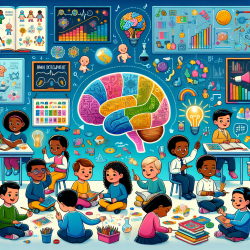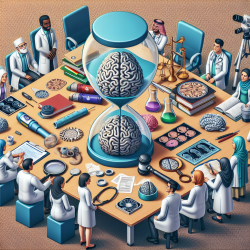Rett Syndrome (RTT) is a complex genetic disorder predominantly affecting girls, characterized by severe cognitive and motor impairments. Traditional therapeutic approaches often fall short in addressing the multifaceted needs of these individuals. However, a recent study titled Effects of Combined Transcranial Direct Current Stimulation with Cognitive Training in Girls with Rett Syndrome offers promising insights into the potential of combining Transcranial Direct Current Stimulation (tDCS) with cognitive training to enhance attention and language abilities in girls with RTT.
The study involved 31 girls with RTT, divided into two groups: one receiving non-sham tDCS plus cognitive training, and the other receiving sham tDCS plus cognitive training. The intervention lasted for 10 daily sessions over a one-week period. The results were compelling:
- Increased attention span in the non-sham tDCS group, with effects persisting at follow-up.
- Improved production of vowel and phoneme sounds in the non-sham tDCS group.
- Enhanced neurophysiological parameters, including increased frequency and power of alpha and beta EEG bands.
These findings suggest that tDCS, when combined with cognitive training, can significantly improve both attention and language abilities in girls with RTT. This integrated approach could be a game-changer in the rehabilitation of RTT, offering a new avenue for enhancing the quality of life for these individuals.
For practitioners, the implications are clear:
- Consider incorporating tDCS into your therapeutic regimen for RTT patients to maximize cognitive and language outcomes.
- Stay informed about the latest research to continually refine and optimize your therapeutic strategies.
- Engage in further research to explore the long-term benefits and potential applications of tDCS in various cognitive and motor impairments.
To read the original research paper, please follow this link: Effects of Combined Transcranial Direct Current Stimulation with Cognitive Training in Girls with Rett Syndrome.










